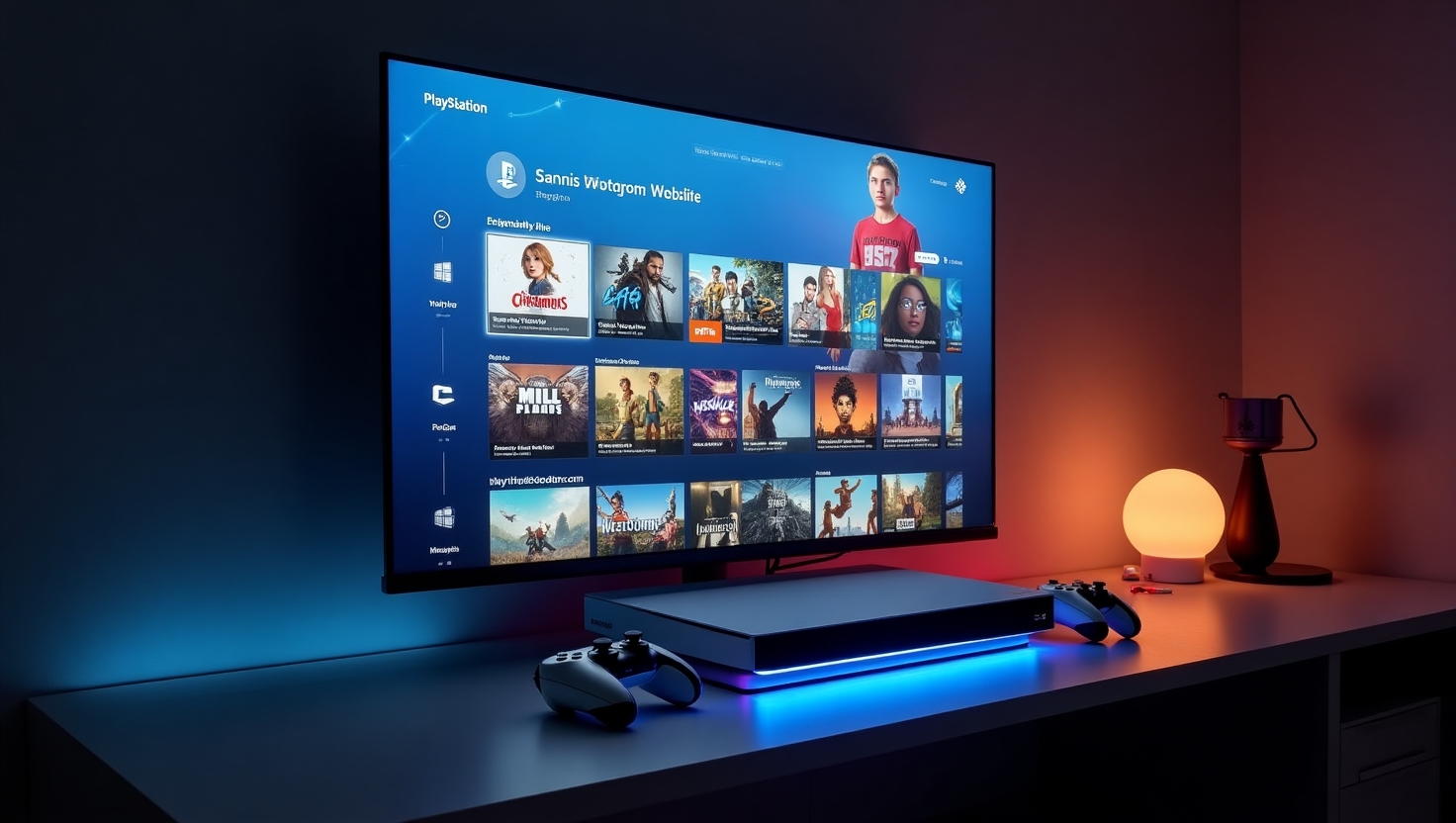The Impact of PS5 Storage: What Gamers Need to Know
Introduction
The dawn of the PlayStation 5 heralded a new generation of gaming experiences, boasting powerful hardware capable of delivering stunning graphics and seamless gameplay. However, as Sony continues to refine the console, one noticeable change has recently caught the attention of gamers everywhere: the reduction in storage capacity. The impact of PS5 storage changes can’t be overstated, particularly as players strive to manage their growing libraries. Efficient PS5 library management has become increasingly important, as gamers now face the challenge of maximizing their available gaming space while juggling ever-growing game file sizes.
Overview of PS5 Storage Changes
Sony’s decision to shrink the storage of the standard slim PS5 from 1TB to 825GB in the US is a move mirroring previous adjustments made in the EU. This significant reduction, however, does not come with a matching decrease in price. The US market still sees the cost of the standard model at $499.99. For those seeking greater storage options, the 1TB version is available, but at a steeper price of $549.99, with a disc drive bundle reaching an eye-watering $749.99 source.
This change underscores a broader strategy by Sony to balance manufacturing costs and consumer appeal as the landscape of digital game distribution evolves. The pricing contrast between the standard and slim models reflects a potential shift towards encouraging digital purchases, with implications for Sony news followers keen on tracking market trends and product strategies.
Implications for PS5 Library Management
The reduction in storage capacity directly affects how gamers manage their extensive libraries. With many AAA games exceeding 100GB, the smaller 825GB storage poses significant challenges in maintaining easy game accessibility. Gamers are urged to adopt strategic approaches to PS5 library management, such as:
– Prioritizing high-playtime games: Keep frequently played titles installed while periodically rotating out less-used games.
– Utilizing external storage solutions: Move lesser-played games to an external hard drive to free up space on the main SSD.
– Optimizing game installations: Selectively install only necessary components of a game, like opting out of additional languages or modes not required.
Efficient management of gaming space ensures that players can swiftly access their favorite titles without constantly shuffling files. Think of it as organizing a bookshelf: by determining which books are read often and which can temporarily be shelved elsewhere, you maintain a tidy, accessible library.
Consumer Impact and Feedback
Within the gaming community, reactions to the storage reduction are mixed. While some consumers express frustration over reduced storage space without a price drop, others see it as a manageable trade-off, particularly those who frequently upgrade their setups anyway. Gabriel Stanford-Reisinger from The Verge notes, \”Sony has officially brought over a change they made across the pond here to the US,\” highlighting the alignment of global strategies source.
Alternatives for those in need of expanded storage include external SSD or HDD options, albeit at the cost of less convenience. As game sizes continue to balloon with next-gen features, this will remain a critical consideration for future console owners.
Conclusion
The reduction in PlayStation 5 storage is a tactical decision by Sony, with reverberations felt throughout the gaming community. Desiring to remain competitive without inflating costs, the console maker’s choice reflects a balance of practicality and innovation. For gamers, mastering PS5 library management is more crucial than ever, as players orchestrate their gaming space to accommodate both current favorites and anticipated new releases.
Looking ahead, it will be intriguing to see how Sony’s storage adjustments will influence future product development and the overall trajectory of the gaming market. As more titles demand larger capacities, those decisions will inevitably shape the gaming landscape, potentially steering the focus towards even more cloud-based solutions or further enhancements in storage technology.

